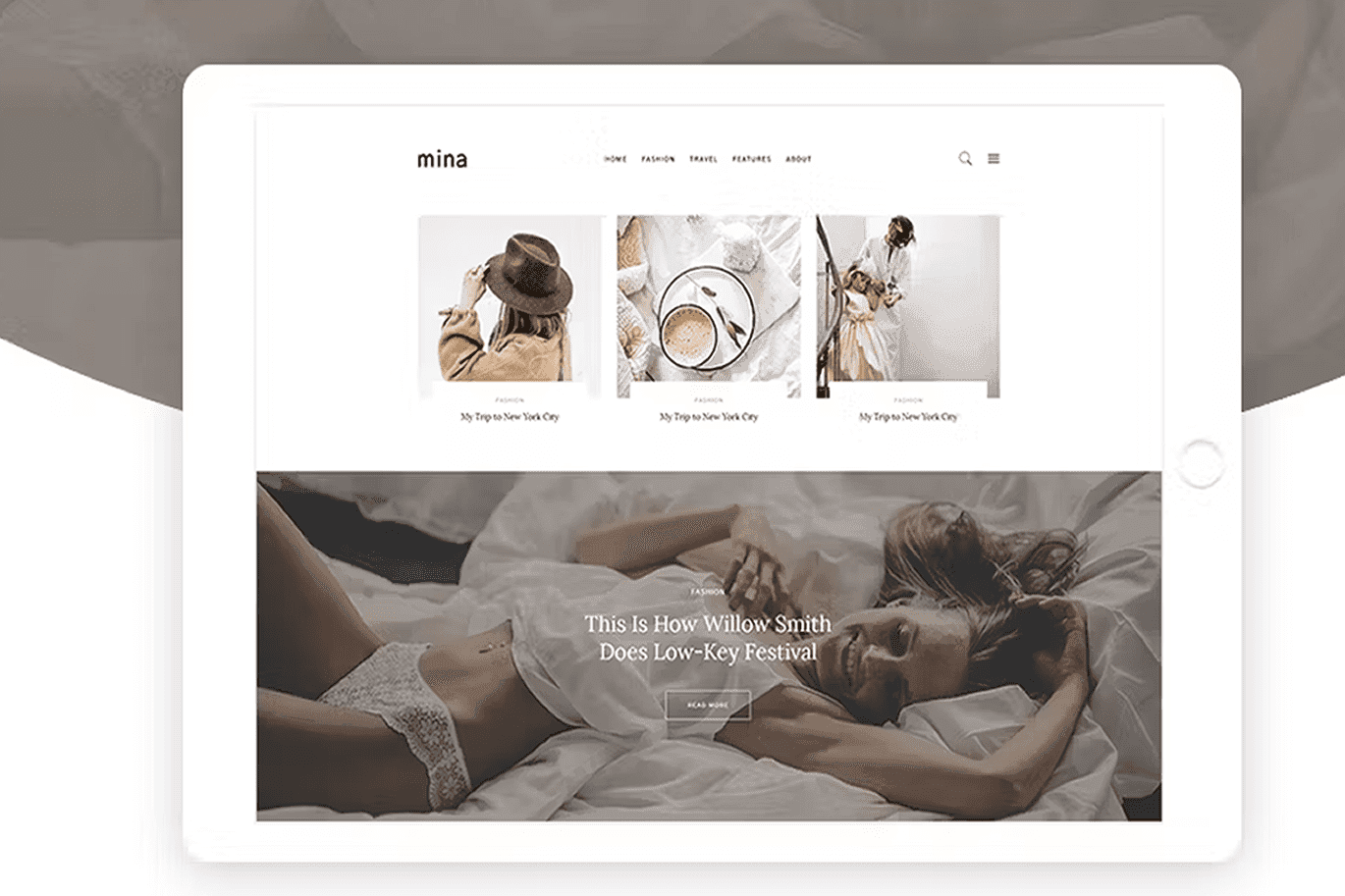Graphic design plays a crucial role in shaping the identity and success of a business. From logo creation to marketing materials, the visuals associated with a brand can significantly impact consumer perception and recognition. In this blog post, we will explore the importance of graphic design in branding your business and how it can help you stand out in today’s competitive market.
Essential Elements of Graphic Design in Branding
Logo Design and Brand Identity
Branding your business starts with the creation of a logo design that embodies the essence of your brand. A logo is more than just a symbol; it is the visual representation of your company’s values, mission, and identity. A well-designed logo is memorable, versatile, and timeless, making it a crucial element in establishing brand recognition and loyalty.
Brand identity goes beyond just the logo. It includes the consistent use of colors, typography, and imagery that communicate the brand’s personality and differentiate it from competitors. A strong brand identity helps build trust with consumers and creates a cohesive brand experience across all touchpoints.
Color Psychology and Brand Perception
Branding is about strategically using colors to evoke emotions and convey messages that resonate with your target audience. Different colors can elicit specific psychological responses, affecting how a brand is perceived. For example, blue is often associated with trust and professionalism, while red can create a sense of urgency or passion.
Understanding color psychology is necessary in creating a brand identity that connects with consumers on a subconscious level. By carefully selecting and consistently using colors in your branding, you can influence how your brand is perceived and remembered by your audience.
Color psychology plays a crucial role in shaping brand perception and influencing consumer behavior. By leveraging the power of color, businesses can establish a strong emotional connection with their target audience and stand out in a crowded marketplace.

Digital Age Branding
Even in the digital age, where technology dominates our daily lives, the role of graphic design in branding is more crucial than ever. With the vast expanse of the digital landscape, businesses need to ensure that their visual identity is compelling, coherent, and consistent across various digital platforms.
Importance of Website and Social Media Presence
Website design is often the first point of contact between a business and its potential customers in the digital realm. A well-designed website not only attracts visitors but also keeps them engaged with the brand. Social media platforms, on the other hand, offer businesses the opportunity to connect with their audience on a more personal level. Engaging graphics on these platforms can help in building brand recognition and loyalty.
For businesses, having a strong and consistent visual presence across different digital platforms is important for creating a cohesive brand image. Consistency in design elements such as color schemes, typography, logos, and imagery helps in reinforcing brand identity and making it easily recognizable to the audience.
Consistency Across Digital Platforms
Plus, maintaining consistency in graphic design across digital platforms also enhances brand credibility and professionalism. When customers encounter consistent visuals on a business’s website, social media, and other digital channels, they perceive the brand as reliable and trustworthy. It also helps in creating a unified brand experience for the audience, leading to better brand recall and association.

Beyond Aesthetics: Strategic Design
Unlike the common misconception that graphic design is solely about making things look pretty, strategic design goes beyond aesthetics to play a crucial role in shaping a brand’s identity and influencing consumer behavior. It involves a thoughtful and purposeful approach to visual communication that aligns with the brand’s objectives and resonates with its target audience.
Design and Consumer Engagement
An effective design not only attracts attention but also plays a significant role in engaging consumers with the brand. From creating a memorable first impression to fostering brand loyalty, design elements such as color schemes, typography, and imagery have the power to evoke emotions, convey messages, and enhance the overall user experience. By strategically utilizing these elements, businesses can effectively communicate their value proposition and connect with their audience on a deeper level.
Furthermore, a well-crafted design can help differentiate a brand from its competitors and position it as a unique and recognizable entity in the market. Consistent and cohesive design elements across various touchpoints, such as websites, social media, packaging, and advertising, instill a sense of professionalism and reliability, ultimately building trust and credibility with consumers.
Storytelling Through Visuals
Strategic design allows businesses to tell a compelling story through visuals, creating a narrative that resonates with their audience and conveys their brand’s values and personality. By carefully selecting visual elements that complement the brand’s messaging, businesses can craft a cohesive and engaging brand story that captures the attention and imagination of consumers.
Through strategic use of imagery, color, and design elements, businesses can evoke specific emotions, evoke nostalgia, or inspire action, ultimately influencing consumer perceptions and behaviors. Visual storytelling not only increases brand memorability but also helps create a strong emotional connection with consumers, driving brand loyalty and advocacy.
Measuring the Impact of Design on Brand Success
For businesses looking to assess the impact of their design on brand success, it’s crucial to have a clear understanding of key performance indicators (KPIs) that can measure the effectiveness of design strategies. By analyzing data and metrics relevant to design, companies can gain valuable insights into the impact of their branding efforts.
Key Performance Indicators for Design Effectiveness
Any successful design strategy should be aligned with the overall business goals and objectives. Key performance indicators such as brand awareness, customer engagement, conversion rates, and brand consistency can provide valuable insights into how well design is contributing to the success of the brand. By tracking these KPIs, businesses can make data-driven decisions to optimize their design strategies and enhance brand performance.
Measuring the return on investment (ROI) of design initiatives is another crucial KPI for assessing design effectiveness. By analyzing the impact of design on sales, customer loyalty, and market share, businesses can gauge the true value that design brings to their brand. Understanding the correlation between design investments and business outcomes is crucial for making informed decisions on future design strategies.
Long-Term Brand Value and Design Investment
The long-term brand value of a business is closely tied to its design investment. Design plays a significant role in shaping brand perception, building customer trust, and fostering brand loyalty over time. Investing in high-quality design not only enhances the visual appeal of a brand but also contributes to its overall reputation and credibility in the market.
The importance of design investment extends beyond just aesthetic appeal. A well-thought-out design strategy can differentiate a brand from its competitors, create a memorable brand experience for customers, and drive long-term business growth. Businesses that prioritize design as a strategic asset are likely to see tangible returns in terms of brand equity and market positioning.
Conclusion
Summing up, graphic design plays a crucial role in establishing and maintaining a strong brand identity for your business. By carefully crafting visual elements such as logos, color schemes, and typography, you can effectively communicate your brand’s message to your target audience. Investing in professional graphic design services will not only make your brand stand out in a crowded market but also build trust and loyalty among your customers. Bear in mind, first impressions matter, and your brand’s visual identity often forms the initial connection with potential customers. So, make sure to prioritize graphic design in your branding strategy to create a lasting impact and differentiate your business from competitors.
























